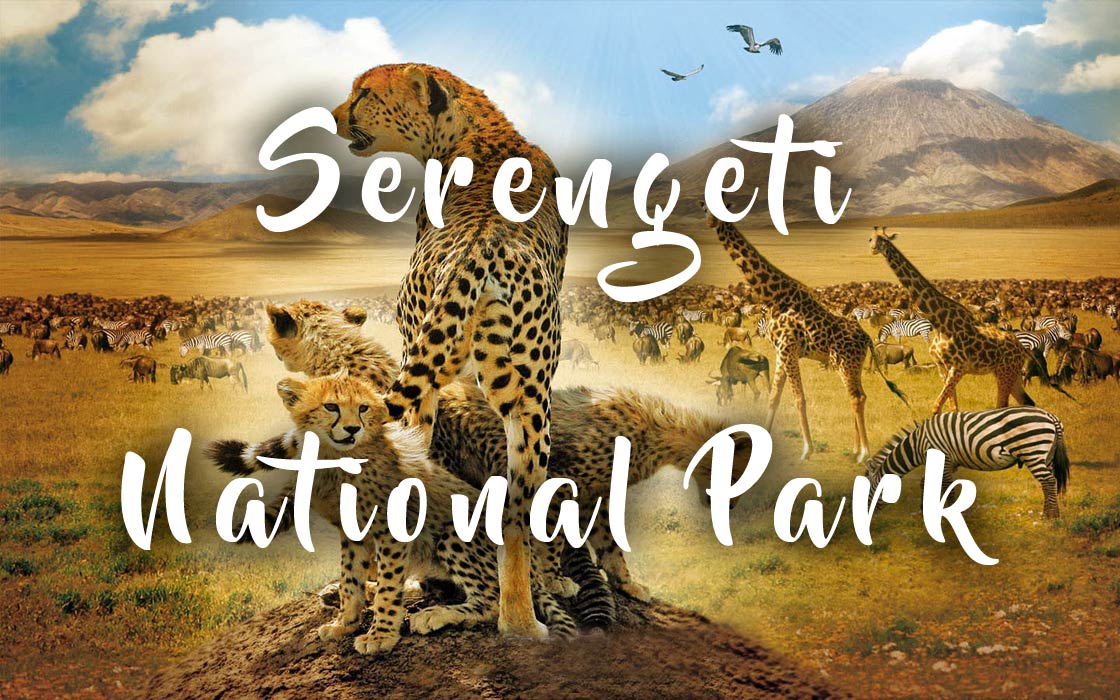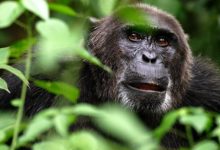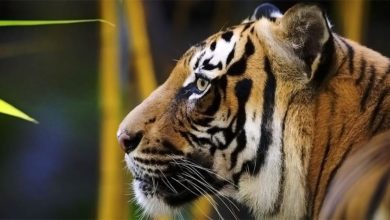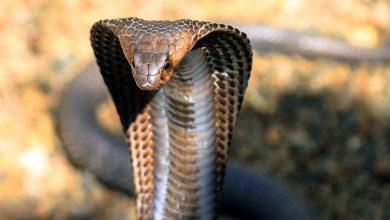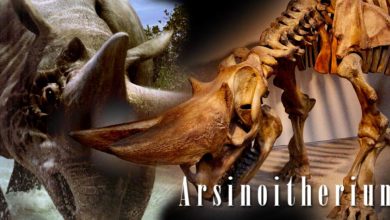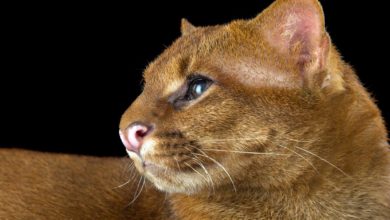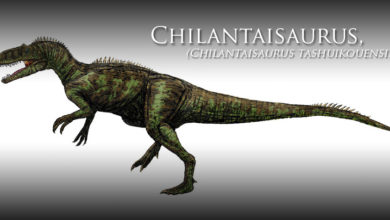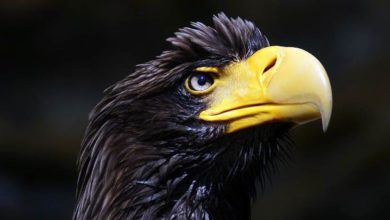Serengeti National Park
Serengeti – one of the largest national parks in Africa
Annually, the Serengeti National Park is visited by an average of 350,000 tourists. So many people from all over the world have a need to commune with real wildlife. The African National Park (NP) is a home for animals that we read about in books that we watch in films or admire a substitute of this world in zoos.
In the area of the Serengeti you can experience much stronger and more real emotions, as the respect for wild and powerful animals is felt more there. It is not without reason that it is one of the most popular safari destinations – tourist expeditions aimed at observing huge African mammals.
Unfortunately, today the term “safari” does not mean only the observation of wild animals, but really nothing else than recreational hunting, and even poaching. Hunting most of Africa’s mighty mammals is banned, but to this day the problem has not been fully resolved.

Location
Serengeti is not the name of any country or city. It is a definition of the geographic region and ecosystem prevailing in Northeast Tanzania.
Tanzania is located in East Africa, in the region of the Great African Lakes. The Serengeti National Park is located 335 km from Arusha – the fourth largest city in the country. To the north, the park borders Kenya and to the west – Lake Victoria.

Establishment of the Park
For about 200 years, the Mara area, where today part of the Serengeti National Park is located, was a place for grazing cattle belonging to the Masai. The African tribe called this area infinite plains. In 1892, Oskar Baumann, an Austrian Austrian, appeared there and is now known as the first European explorer of the Serengeti.
The first American to visit the Serengeti was Stewart Edward White, a hunter who traveled from Nairobi through the African plains in 1913. He described his expedition in a journal. In his notes, he placed a report from an unknown place.
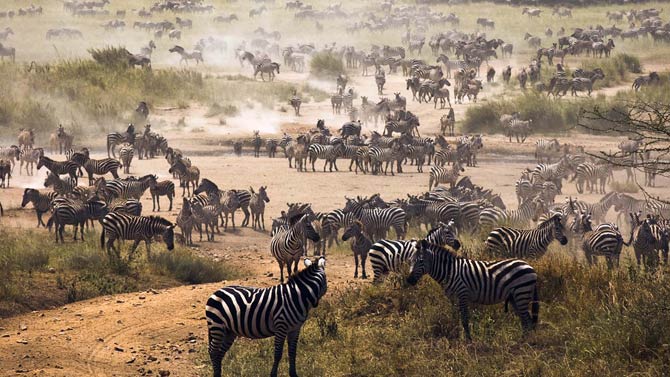
He wrote that he was walking through the burnt country, when suddenly green grasses and rivers appeared to his eyes, and after walking another 2 miles (about 3 km) he “found himself in paradise” (original. We walked for miles over burnt out country… Then I saw the green trees of the river, walked two miles more and found myself in paradise). Delighted by what he saw, White decided to return to this paradise in 1920. The whole crew crashed near Seronera and spent 3 months there. During this time (probably as part of the entertainment)… they shot 50 lions.
In order to limit lion hunting, in 1921, the British colonial administration separated a protected area of 3.2 km2. In 1929 the area was enlarged by the whole area of Serengeti. It was a strong basis for creating a national park. However, this happened many years later, in 1951.
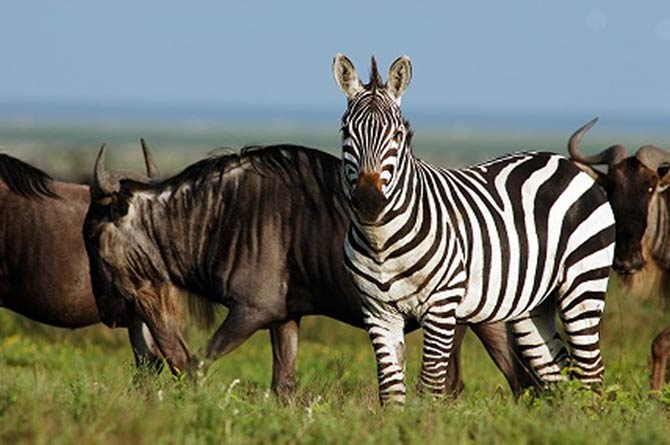
Characteristic
The Serengeti National Park covers an area of 14,750 km2 (5,700 sq mi). It consists of meadows, savannas, forests and riparian forests (forest formations occurring along rivers and streams).
A place of constant migrations
The Serengeti is a kind of stage where an eternal spectacle of wildebeest (and to a lesser extent, other ungulates) takes place. We have already written about the great migration of these large mammals in another article. However, it is worth mentioning something about it here as well.
The Serengeti National Park is home to more than a million wildebeest, scattered in smaller herds. With the onset of the dry season, that is around May, animals migrate en masse to the north and east of the region, where the rainy season prevails. The purpose of the trip is to reach places rich in food and water – towards the Masai Mara Reserve in Kenya. When the dry season sets in in the target areas, the antelopes return “to the old garbage”.
During their migration, they are exposed to various dangers, mainly from large land predators (e.g. lions and hyenas) and water predators (nile crocodiles). The millionth flock is on the move all year round – cyclically changing habitats to survive in the harsh, unforgiving land full of enemies. When traveling in both directions, wildebeests cover more than 3,000 km, making them the only land mammals to travel such long distances in search of food. The great migrations of ungulates are inherent in the landscape of the Serengeti National Park.
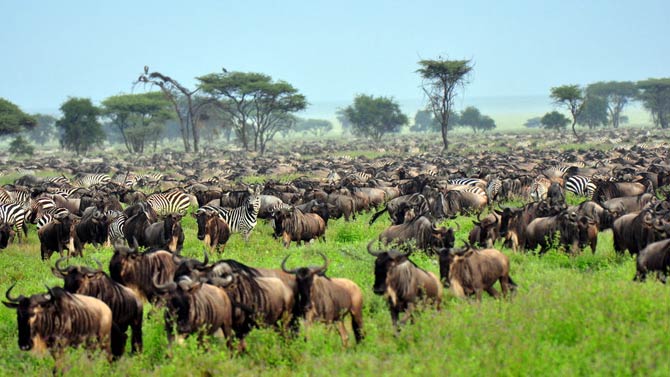
Serengeti National Park areas
The Serengeti is usually divided into 3 regions:
Northern Serengeti
The northern Serengeti is rich in woodland, covered with Commiphora trees. In this area, there is a small settlement called Seronera with a small runway. Outside the forests, we see bushy savannas – ideal habitats for elephants, giraffes and small antelopes, such as dik-dik. In the northern Serengeti, wildebeest live from July to August
Western Serengeti
In the western part, covered with dark clay soils, there are swampy savannas. The Grumeti River also flows there, home to Nile crocodiles and hippos – the greatest threats to migrating wildebeest. Colobine monkeys and martial eagles (Polemaetus bellicosus) also live near Grumeti. Traveling wildebeest pass here between May and July.
South Serengeti
Almost treeless meadows and savannas are located in the south of the Serengeti National Park. It is a breeding ground for wildebeest, where they live from December to May. Apart from antelopes, we meet other ungulates: zebras, gazelles, impalas, buffaloes, waterbucks, hartebeests. The smaller animals are hyraxes and pythons. Interesting objects of nature are granite monadnocks, which are ideal observation points for hunting predators.

Fauna of the Serengeti National Park
There are representatives of so-called Africa’s Big Five. Animals included in this group are considered the most valuable (because the most difficult to hunt) trophies among hunters. The Big Five includes:
- African bush elephant
- African lion
- African leopard subspecies (Panthera pardus pardus)
- Black rhinoceros
- African buffalo
Serengeti is also a region of gazelles, monkeys (e.g. baboons), wild canines (e.g. wild dogs), felines (e.g. servals, cheetahs) and hyenas. Other mammals include aardvark, aardwolf, bat-eared fox, ground pangolin, crested porcupine, three species of hyraxes, and cape hare.
Serengeti National Park has also great ornithological interest, boasting about more than 500 bird species including Masai ostrich, a secretary bird (Sagittarius serpentarius) also known as the snake eater, kori bustards, helmeted guineafowls, grey-breasted spurfowl, southern ground hornbill, crowned cranes, marabou storks, yellow-billed stork, lesser flamingo, crowned cranes, martial eagles, lovebirds, oxpeckers, and many species of vultures. You can read more about the fauna of Africa in a separate article.

Main animals of the Serengeti National Park:
- 1,5 million wildebeests
- 300,000 Thomson’s gazelles
- 200,000 plains zebras
- 53,000 Cape buffalos
- 5,000 African bush elephants
- Over 3,000 lions
- 3,500 spotted hyenas
- 1000 leopards
- 225 cheetahs
- 300 East African wild dogs
- 31 Eastern black rhinoceros

Detailed data
Serengeti National Park
- Area: 14,750 km2 (5,700 sq mi)
- Established in: 1951
- Visitors: 350,000 per year
- Governing body: Tanzania National Parks Authority
- Main attractions:
- vast plains
- observation of the largest land mammals of the modern world in their natural environment
- Records: Tanzania’s oldest national park, one of the largest national parks in Africa
- 225 photo traps have been installed in the park

Serengeti National Park – interesting facts
- The name Serengeti comes from the Maasai language, who used the word siringet to describe the lands there, meaning “the place where the land runs on forever”.
- Government representatives proposed to extend the Park’s territory to include Lake Victoria, as more and more intense droughts threaten its existence and, consequently, the existence of millions of animal species.
- Serengeti National Park is on the UNESCO World Heritage List.


